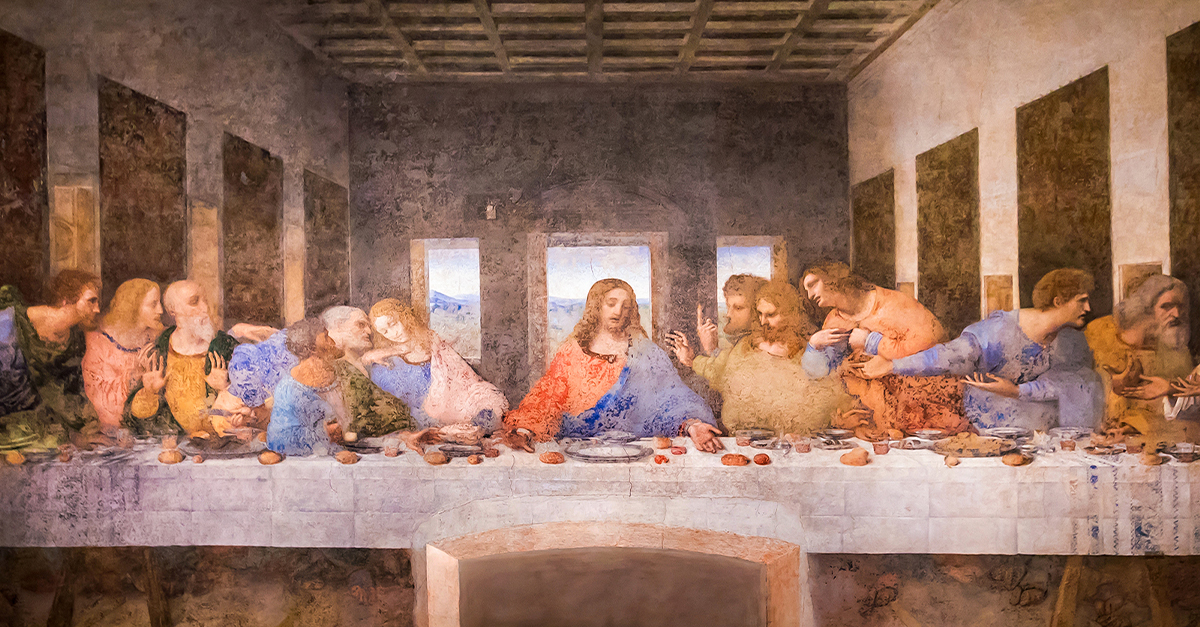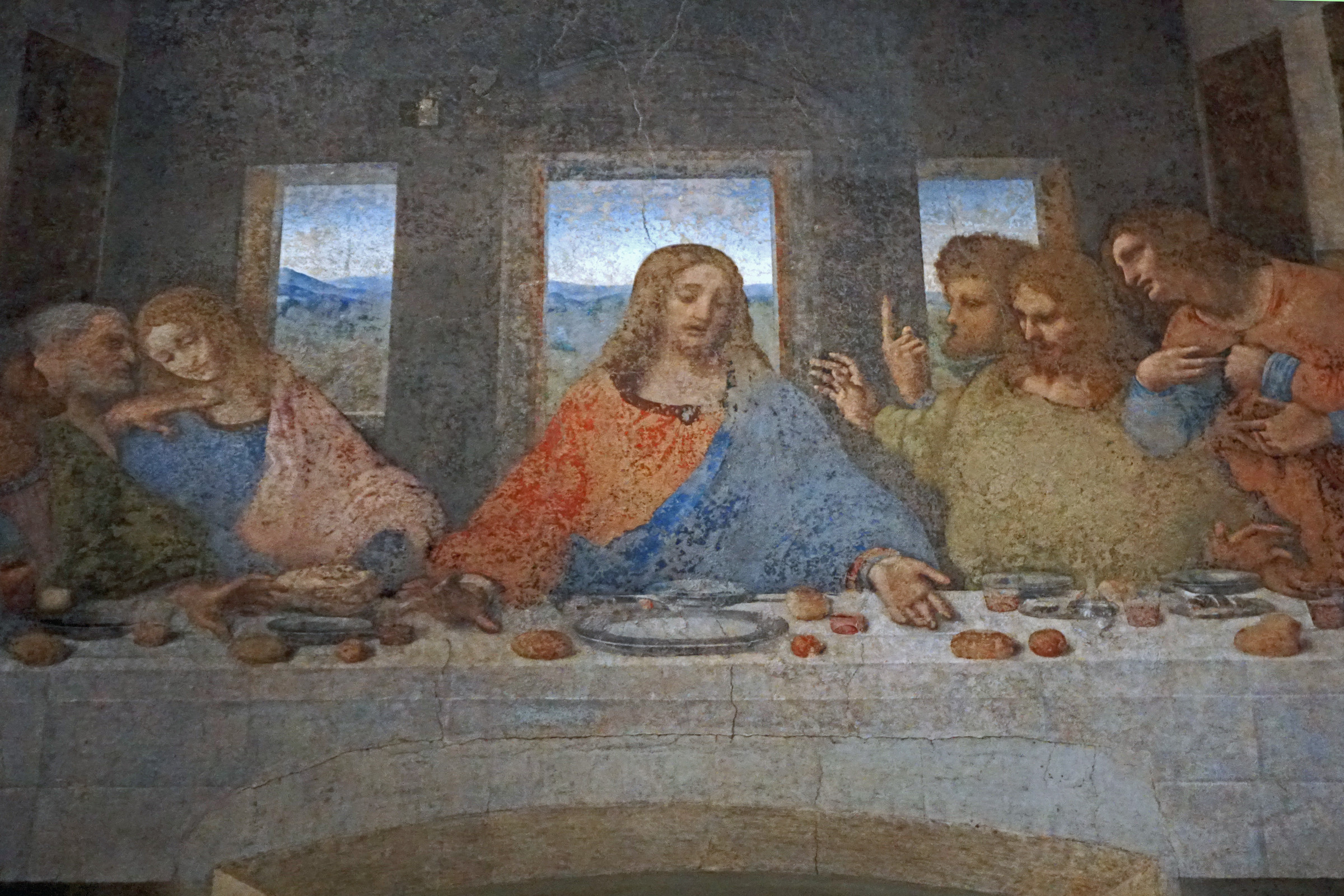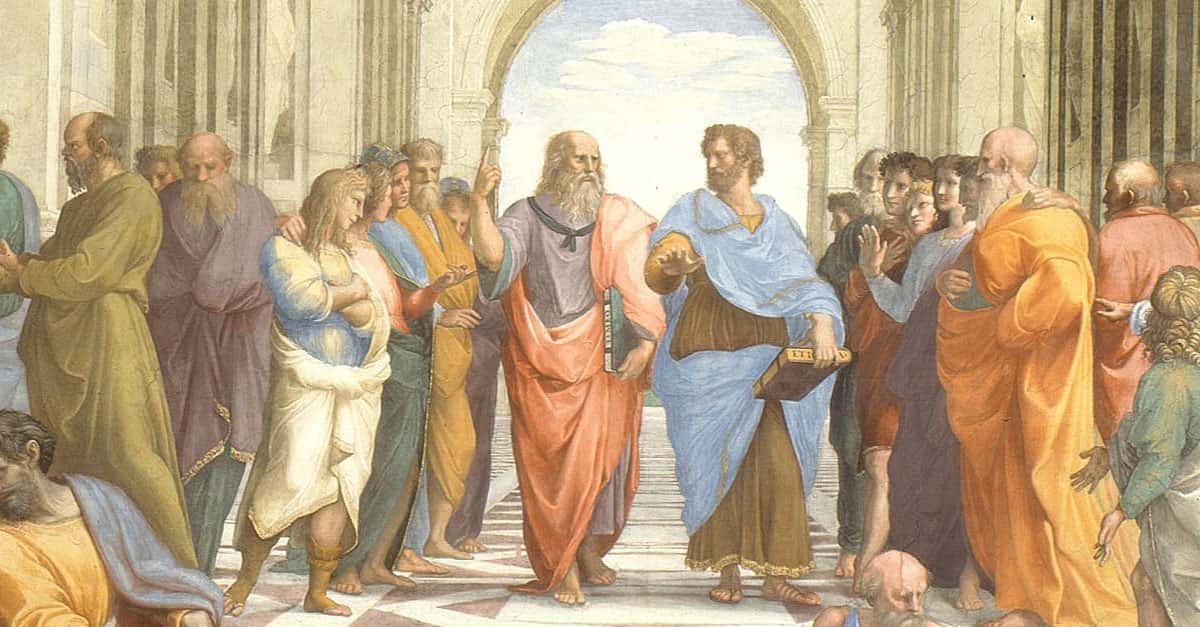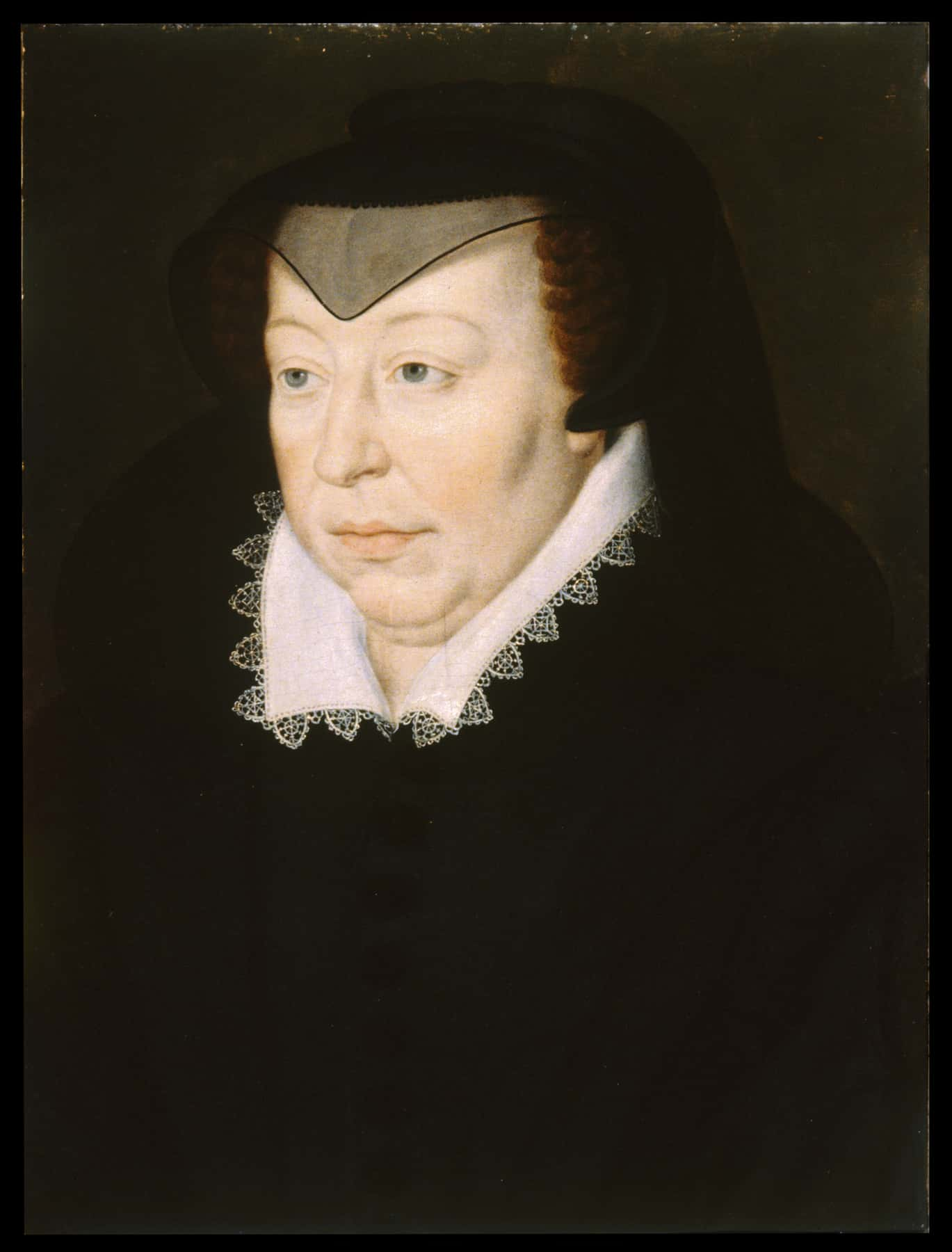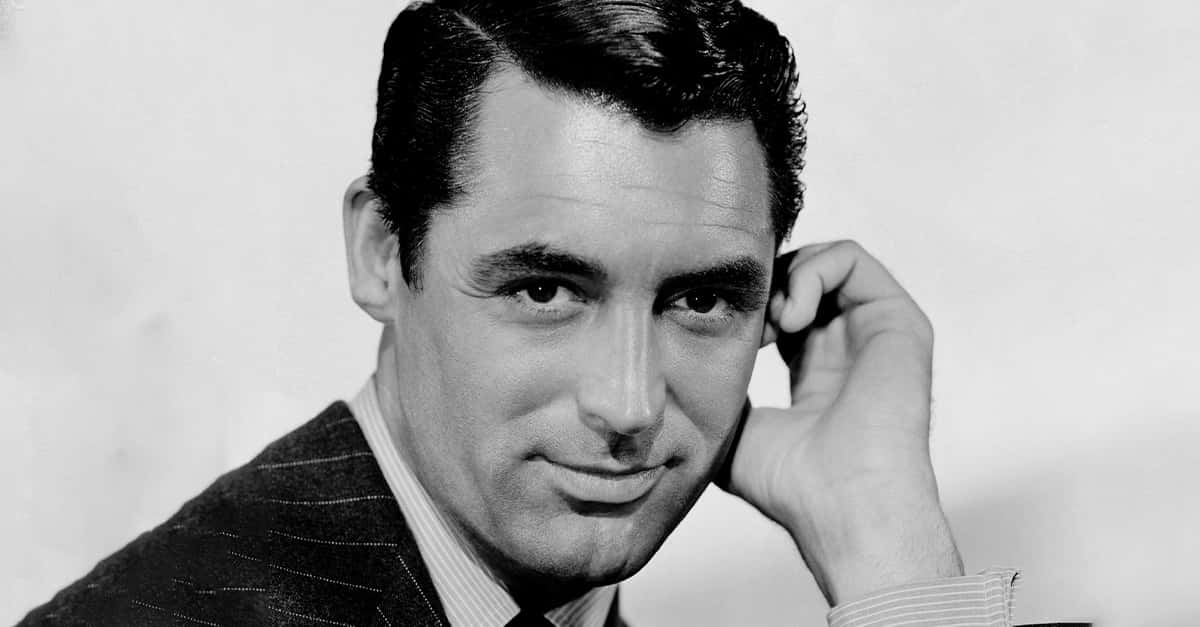Leonardo da Vinci’s The Last Supper, painted between 1495 and 1498 in the convent of Santa Maria delle Grazie in Milan, is one of the most iconic and studied artworks in Western history. But from the moment the paint dried, the masterpiece began to deteriorate. What remains today is as much a story of artistic ambition as it is of scientific restoration.
A Bold But Flawed Technique
Unlike traditional fresco painting, which involved brushing paint directly onto wet plaster, Leonardo experimented with a dry-wall method. He applied tempera and oil paints onto a dry layer of plaster to allow for more detail, shading, and corrections. But the problem with this innovative approach was that it was technically unstable and left the painting especially vulnerable to humidity and environmental damage.
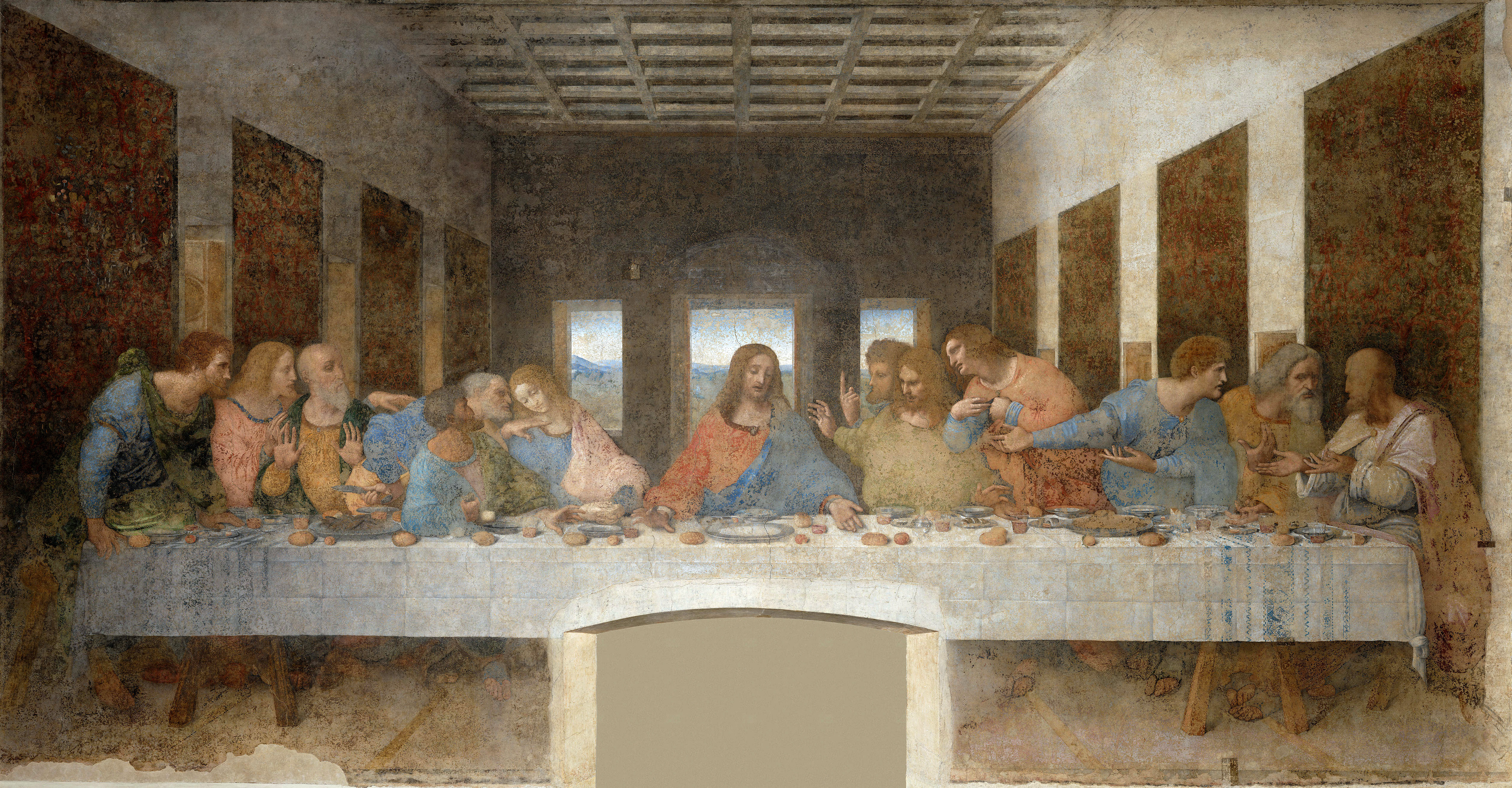 Leonardo da Vinci, Wikimedia Commons
Leonardo da Vinci, Wikimedia Commons
Early Signs Of Decay
Twenty years after its completion, records showed the painting was already flaking. By the mid-16th century, The Last Supper had lost much of its original brilliance. The porous wall absorbed moisture from the convent’s kitchen, located directly behind it. This caused mold and condensation, which accelerated deterioration. Observers began describing the work as a "ruin" as early as the 1550s.
Centuries Of Abuse And Neglect
Over the centuries, The Last Supper suffered repeated indignities. In 1652, monks cut a doorway through the bottom center of the mural, obliterating Christ’s feet! In 1796,Napoleon’s troops used the refectory as a stable and reportedly hurled stones at the painting. During World War II, Allied bombs destroyed much of the convent, but sandbags and scaffolding miraculously spared the mural from total destruction.
Unsuccessful Early Restorations
From the 18th century onward, various artists attempted to “restore” the mural, often with disastrous results. These interventions included repainting entire sections by hand, which masked Leonardo’s original work. Over time, these efforts created a patchwork effect that bore little resemblance to the painting’s original detail and depth. Each new attempt introduced more damage than clarity.
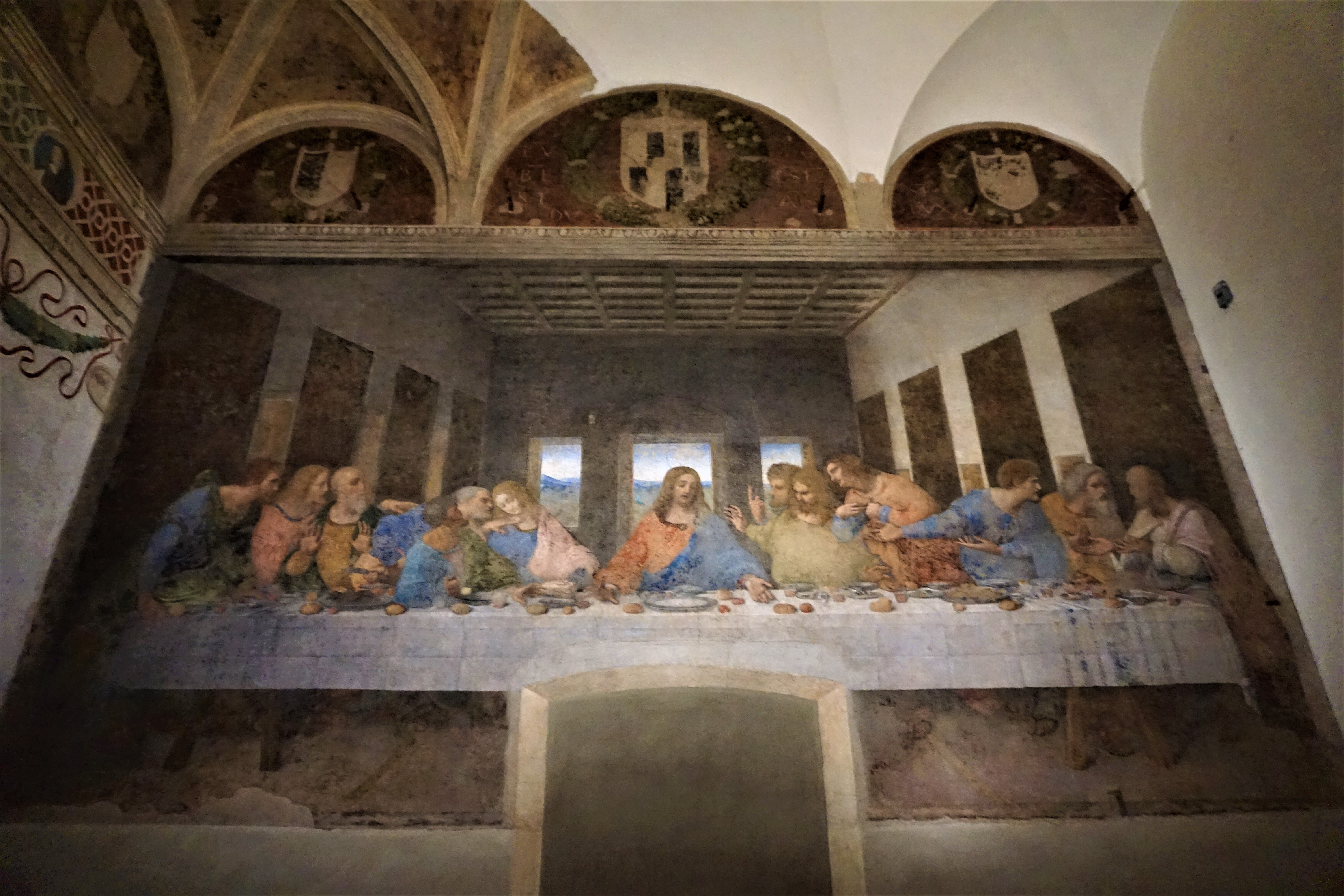 Joyofmuseums, Wikimedia Commons
Joyofmuseums, Wikimedia Commons
The Scientific Restoration Era Begins
In the 20th century, a shift toward scientific conservation began. Experts recognized that The Last Supper required careful analysis before further work could begin. Between 1978 and 1999, the most ambitious and exhaustive restoration in its history took place, led by Pinin Brambilla Barcilon. The process spanned 21 years and involved microscopic analysis, infrared imaging, and chemical stabilization.
Peeling Back The Layers
Barcilon and her team painstakingly removed centuries of dirt, overpainting, and varnish. They used watercolors to lightly reconstruct areas where Leonardo’s original work was confirmed. No attempt was made to "complete" the missing sections. Instead, the restoration focused on preserving what remained and distinguishing original portions from later additions. This approach allowed viewers to appreciate the work's surviving integrity without fictional enhancement.
Climate Control And Preservation Measures
Since the late 1990s, The Last Supper has been housed in a climate-controlled environment. Access to the refectory is limited: only 25 visitors are allowed at a time for brief intervals to minimize fluctuations in temperature and humidity. Air filtration systems help maintain stability, while vibration sensors monitor structural risks from nearby traffic or seismic activity.
Digital And Photographic Safeguards
In addition to physical preservation, high-resolution scans and digital reconstructions have been created to document the painting in its current state. This digital archive ensures that even if further degradation occurs, a record of the post-restoration work will survive. Scholars and the public alike can now study the piece in virtual environments without risking additional harm to the original.
Legacy Of A Fragile Masterpiece
The story of The Last Supper is as much about human ingenuity as it is about artistic brilliance. Leonardo’s desire to break the constraints of fresco painting led to a revolutionary but short-lived result. But the cultural value of the painting has inspired centuries of effort to preserve it against enormous odds—political, environmental, and technical.

History's most fascinating stories and darkest secrets, delivered to your inbox daily.
A Work Both Lost And Found
Today, The Last Supper is a hybrid: part original genius, part historical artifact, and part modern reconstruction. Visitors to Milan may not see Leonardo’s Last Supper exactly as he painted it, but they witness something equally powerful—a story of survival through the ravages of the centuries.
You May Also Like:
The Sistine Chapel Restoration: Michelangelo’s Masterpiece Finds New Glory
Fierce Facts About Caterina Sforza, The Tigress Of The Renaissance

